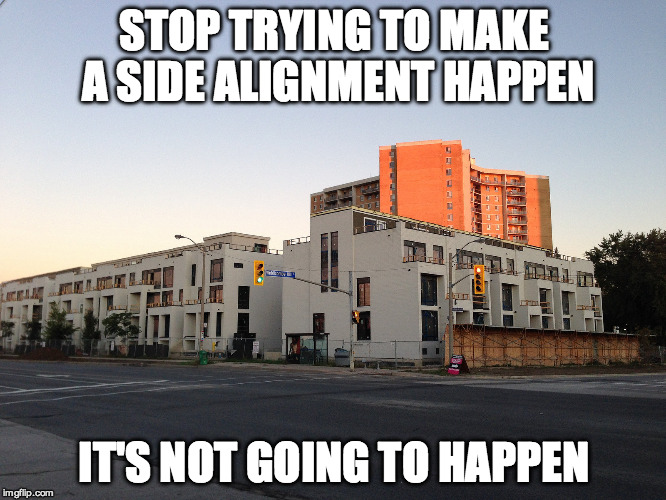the left turn recommendations in the EA are sufficiently extreme that they deserve full discussion. People don't have to be traffic analysts to look at the maps and go "whaaaa?". When you look at how left turns at major intersections are changed, it's not a local residents' issue - it affects through traffic.
I did a bit of back of envelope scribbling today. It's 6.6 km from Weston Road to the East Mall. At the projected speed of 28 kph, the travel time is 850 seconds between those points. There are 11 signalled intersections today, and the U turn lanes add more. The data in the traffic study suggested that it takes 31 seconds for an LRT to recover from a full stop at a red light. If you assume there will be more red lights, and use 31 seconds to estimate the delay at some percentage of these, it doesn't take many more lights before you eat up much of the 850 seconds. If you assume more than 6-7 stops, this adds dwell time. The left turns that are being converted to U-turns already have heavy volume. The amount of time that cars making U turns will spend crossing LRT tracks is significant, meaning that even with traffic priority there will be conflict with LRT.
It doesn't take much for the result to be a longer travel time. That makes the LRT a poorer performer.
Never mind what the residents think - if you want this LRT to succeed, you need to be very concerned about how feasible this traffic plan is. It could kill overall speed.
- Paul





